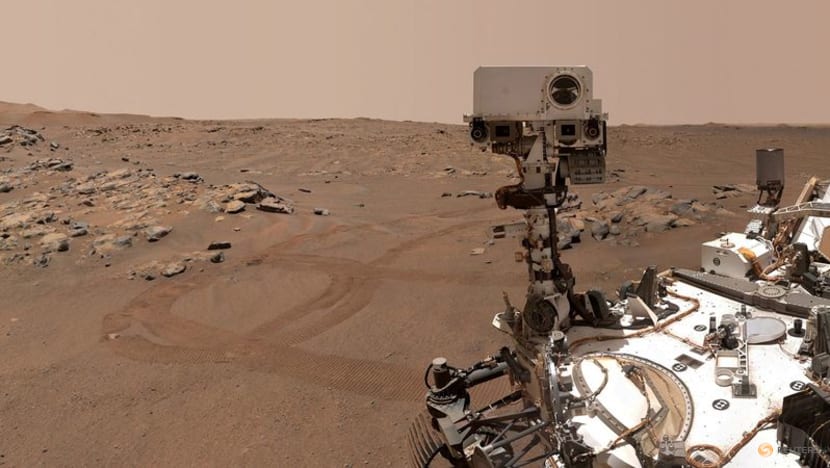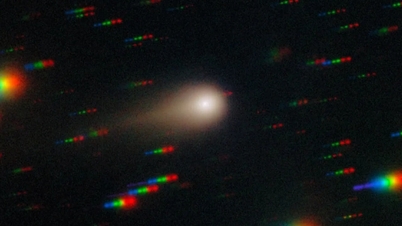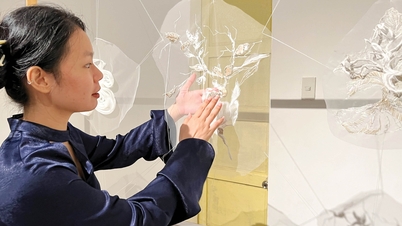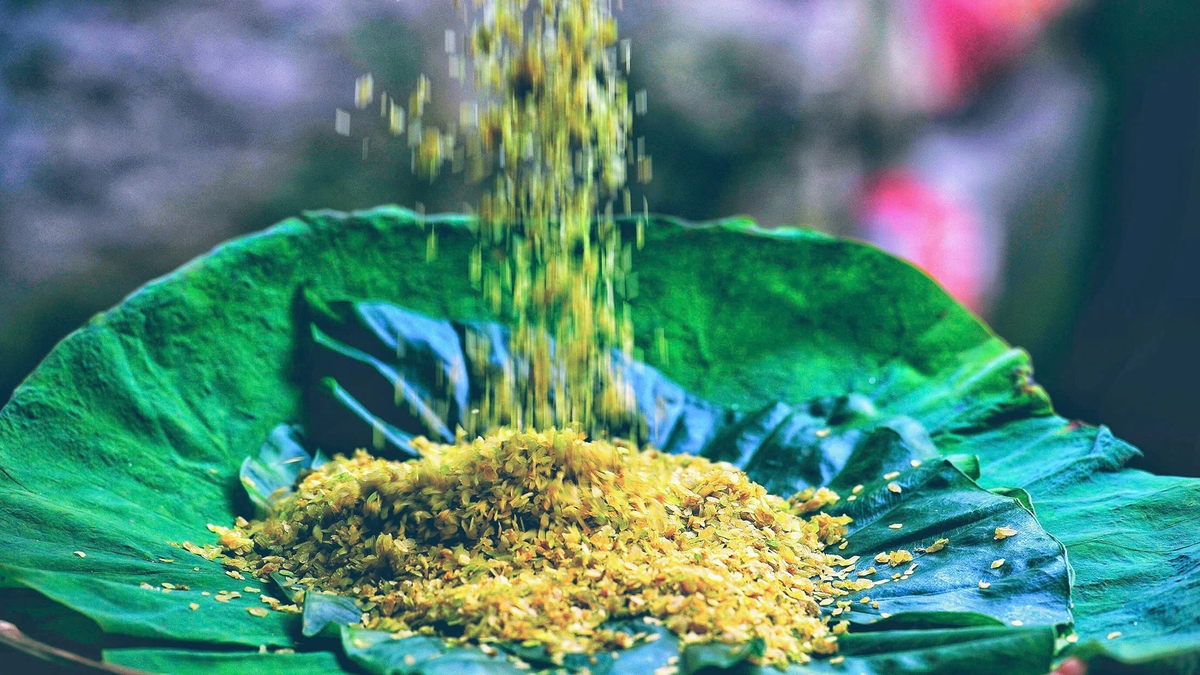The latest evidence comes from an instrument called SHERLOC, which is mounted on the rover and allows detailed mapping and analysis of organic molecules. Researchers are reporting SHERLOC findings from 10 locations.

NASA's Perseverance rover. Photo: Reuters
They found evidence of organic molecules in many rock samples, including some that were collected to be returned to Earth for future analysis.
The researchers note that evidence of such molecules is not proof of past or present life on Mars. Non-biological processes remain a more plausible explanation.
“Organic substances are the molecular building blocks of life as we know it, but they can also be formed by geological processes not directly related to life,” said astrobiologist Sunanda Sharma of NASA’s Jet Propulsion Laboratory, lead author of the study published in the journal Nature this week.
The Perseverance rover, whose mission is to search for evidence of ancient life on Mars and collect rock and soil samples for possible return to Earth, landed in February 2021 in Jezero Crater, a region in the northern hemisphere of Mars that was once flooded.
Mars wasn’t always the harsh place it is today. Scientists suspect that microbial life once lived in Jezero Crater. They believe rivers overflowed the crater walls and created a lake more than 3.5 billion years ago.
Signals of organic molecules were detected at all 10 sites that SHERLOC studied around Jezero Crater.
SHERLOC uses cameras, lasers, and a spectrometer that analyzes light wavelengths to search for organic molecules. SHERLOC is assisted by WATSON, a color camera that captures close-up images of rock grains and surface textures.
Researchers don’t know exactly what organic compounds SHERLOC detected, but there are some clues. Study co-author Ryan Roppel said the chemical signatures could come from compounds like benzene or naphthalene.
“On Earth, these substances are quite common in crude oil, they come from biological sources, but we can also form them synthetically through various chemical reactions,” he said. “Their concentrations are quite low, but we observed signals associated with organic matter in almost all the rocks we sampled.”
Signs of organic molecules were first detected on Mars in 2015 by another rover called Curiosity.
Quoc Thien (according to NASA, Reuters)
Source










































































































Comment (0)